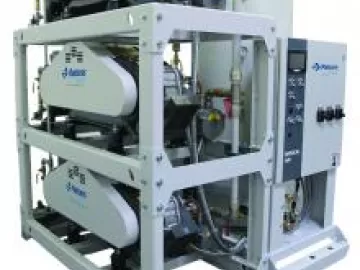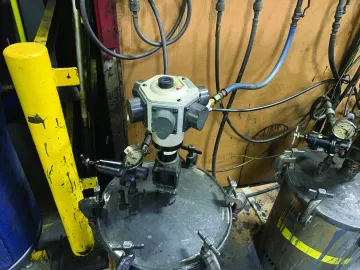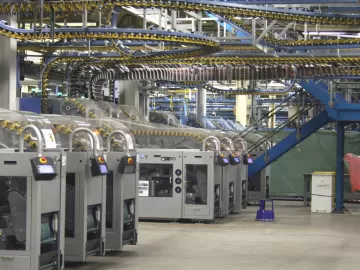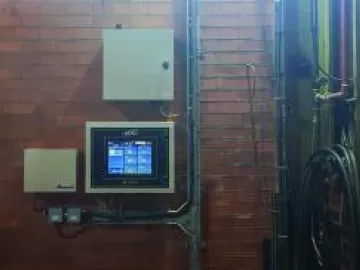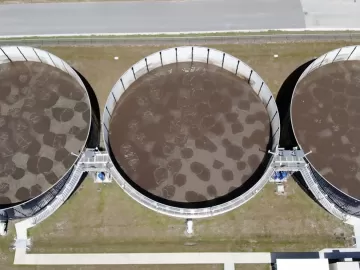A Case for KPI Measurement in Compressed Air Management
All industrial facilities use some form of compressed air, and in most, the air compressors consume a significant amount of the total energy bill. A facility with a good energy management system is likely to identify their compressed air system as a significant energy user (SEU). If the facility were using an energy management standard, such as ISO 50001, they would be required to assess and track the energy consumption of all their SEU’s. In the case of the metal processing facility, they were measuring the output of more than 250 devices within the plant, including building heaters, RTU’s, dust collectors, and also tracking the consumption of their electricity, natural gas and water.





